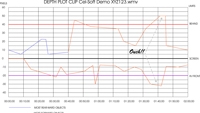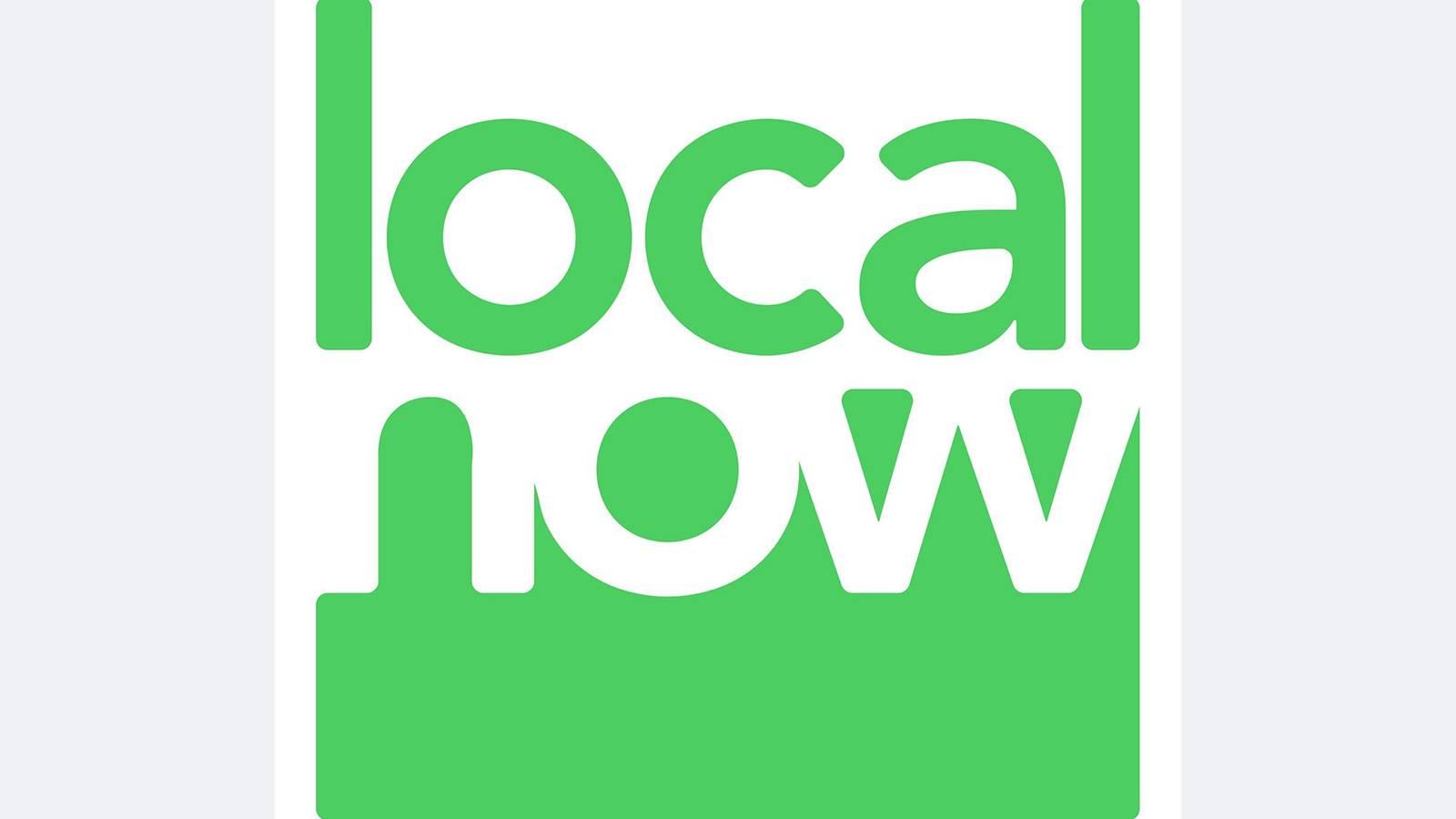Cel-Soft develops automatic depth-chart generator for stereoscopic analyzer

Cambridge, UK-based Cel-Soft has announced a new automatic logging option to its Cel-Scope3D stereoscopic analyzer that generates a printable report of depth budget and depth plot for easy reference by cameramen during a shoot or by editors during 3-D post production.
Cel-Soft managing director Robin Palmer said creating depth charts manually is tedious and time-consuming because the stereographer has to go through each scene and measure the disparity range used for the principal foreground and background objects and points of attention.
These must then be marked as colored lines on a paper chart against time code to prevent jump cuts that are visually objectionable even if within the actual depth budget. An example would be three short scenes where the front-most object in the first shot is not present at all in second, followed by the third shot in which the front-most object is much farther back than in the first shot.
“Viewers’ eye muscles must be allowed time to shift attention from one shot to the next,” Palmer said. “It is also advisable to give viewers opportunities to relax their eyes during the course of a 3-D program. For these and artistic reasons, a depth script needs to be prepared as part of the storyboarding for a big production.”
The new logging option for Cel-Soft's Cel-Scope3D stereoscopic analyzer generates a depth chart automatically. It logs against time code the maximum and minimum depth values employed, together with the range in use. These measurements can be shown either in percentage of screen width or in horizontal pixels. A cursor can be placed on any object of interest or point of attention for an instant measurement of that spot’s disparity and depth.
Cel-Scope3D is designed for on-set use with live inputs as well as for reviewing and playing back 3-D media files during post production. Available as a complete system or as Microsoft Windows-compatible software, it enables stereoscopic camera alignment to be performed quickly and confidently, ensuring 3-D is accurate from the moment of capture. Footage and edits in a wide range of file formats can be viewed and assessed in real time. Disparities are analyzed and displayed as clear, intelligible graphics on 2-D or 3-D monitors. Anaglyph display, touch-screen control and auto-alarm are all supported.
Get the TV Tech Newsletter
The professional video industry's #1 source for news, trends and product and tech information. Sign up below.
